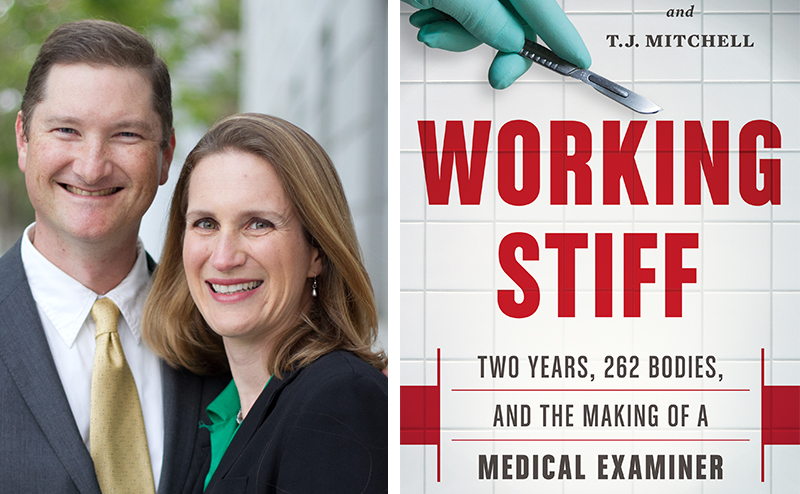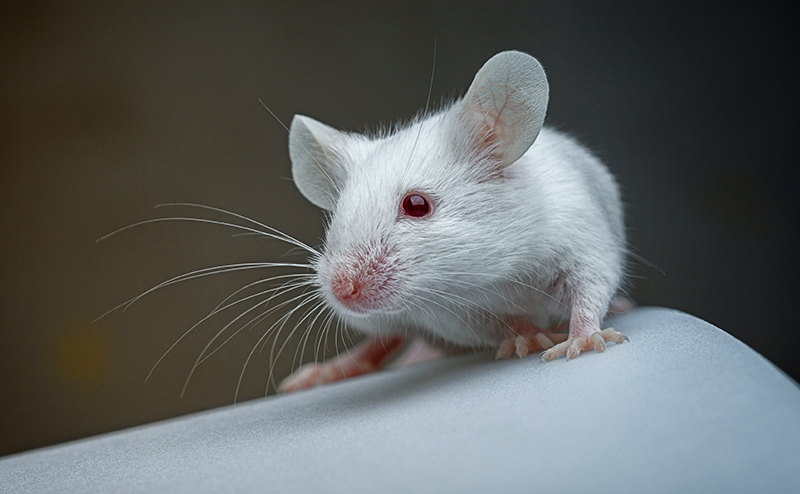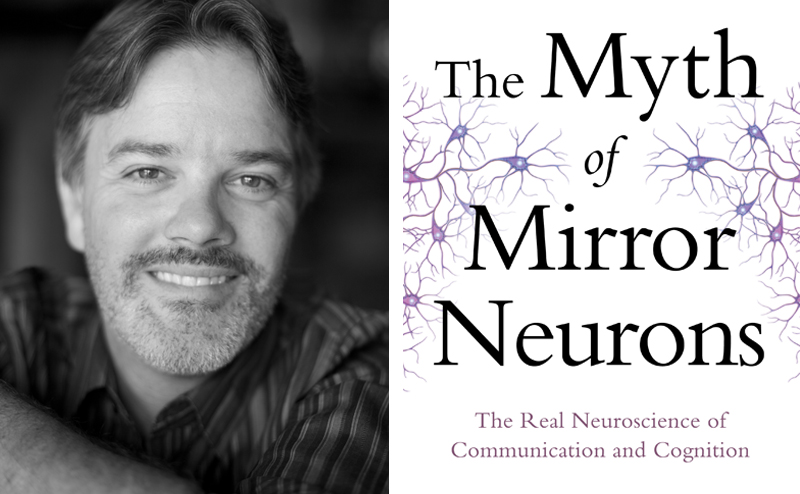Articles
Forensic pathologist Judy Melinek uncovered the last chapters in the stories of New Yorkers killed by accidents, mysterious illnesses, terrorist attacks, and other strange circumstances during her tenure at the city’s medical examiner office. We got a chance to chat with Melinek recently about her new book (coauthored with her husband, T.J. Mitchell), Working Stiff, which offers a probing glimpse of the ways we die—the messy and mundane—with plenty of fascinating (and sometimes gory) details about the art of autopsies: (Note: This interview has been lightly edited for clarity and length.) WSF: What makes a good medical examiner? JM: To begin with, you need good diagnostic skills; you need to be a good doctor. In order to be a forensic pathologist, you need to have a basic understanding of all of medicine, and that includes anatomy, physiology, and the subspecialties, because everybody dies at different ages and stages. You need to know pediatrics because children occasionally die; you need to know obstetrics and gynecology because pregnant women die; and you need to know geriatrics because the elderly die. You have to know trauma and trauma surgery because people who had traumatic injuries that come to the coroner or medical examiner’s office will have …
Read MoreSeven days; lots of science in the news. Here’s our roundup of this week’s most notable and quotable items: Scientists turned a mouse’s bad memories into happy ones with a pulse of light, and cured other mice of peanut allergies by dosing them with Clostridium bacteria. Married couples who smoke marijuana more than once a week were revealed to have the lowest rates of domestic violence. One in seven people suffer from “sleep drunkenness.” Richard III’s bones show traces of a rich diet including wild birds and freshwater fish. Is the universe a vast hologram? Fermilab researchers intend to find out by measuring the “quantum jitter” of space. Scientists discovered the fossil of the oldest known animal with muscles, snapped a photo of two galaxies colliding 7 billion years ago, and solved the mystery of Death Valley’s “wandering stones”: panes of ice breaking off from frozen lakes act as sails that allow wind to push the giant rocks through the mud, leaving behind nothing but snaky trails gouged in the ground. New subsurface maps of the area around Stonehenge suggest that there are 15 other monuments lying around and underneath the ancient stone structure. British researchers found a way to model the movements of sheep-herding dogs in an algorithm. Breakfast may not, in fact, be the most important meal …
Read More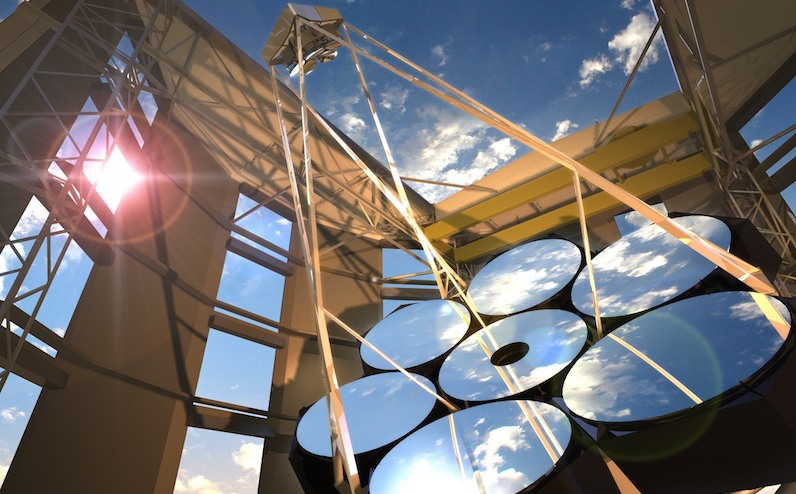
Galileo Galilei was not the originator of the telescope, but in 1609 he did provide a crucial design advance by fitting concave and convex lenses at the opposite ends of a tube. Subsequent improvements followed, bumping up the magnifying power of the telescope, and by 1610 Galileo was able to pick out sunspots, the craggy face of the moon, and the satellites of Jupiter. Now, 405 years after Galileo presented his first improvement on the “perspective glass” to the Venetian Senate, scientists are in the midst of making the next big step in telescope history: the Giant Magellan Telescope, which will create images 10 times sharper than the Hubble Space Telescope when it goes online in 2021. If Galileo were brought before the GMT, “I think it would take him probably about 30 seconds to work out what it is,” says Patrick McCarthy an astrophysicist and the GMT’s project director. “And then he’d ask when he’d get to use it.” The GMT’s advanced features aren’t just a matter of size: The world of telescopes has made significant advances since Galileo’s day. For starters, Galileo’s device was a refracting telescope, which bends light through its lenses. A simple Galilean telescope uses two lenses, the first of …
Read MoreMirror neurons seemed like a revelation when they were first discovered—cells that light up both when you move to grasp an object and when you see someone else do it. Theories about the importance of mirror neurons began to proliferate, faster than the evidence accumulated, and now University of California Irvine cognitive scientist Gregory Hickok has taken it upon himself to throw cold water on all this overexuberance in his new book, The Myth of Mirror Neurons: The Real Neuroscience of Communication and Cognition. We chatted with Hickok recently about what the scientific evidence says—and doesn’t say—about these fascinating cells.
Read More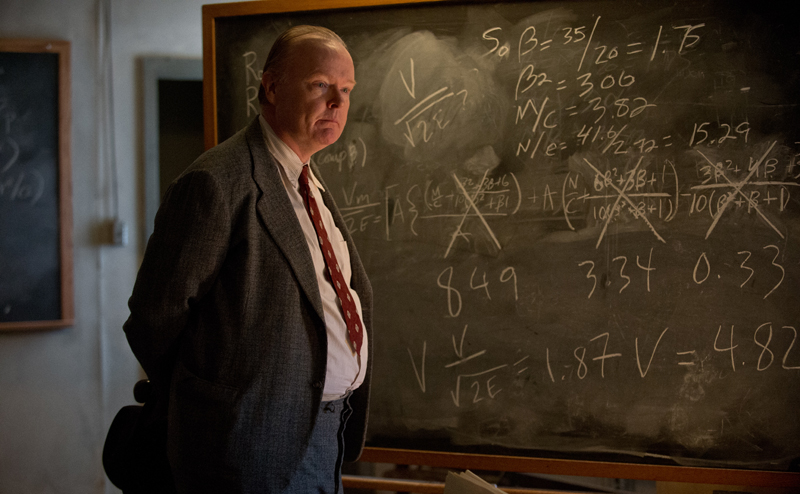
Morale is still low at Los Alamos as episode 4 of Manhattan dawns: The implosion group is finding the loss of Sidney Lao’s mathematical expertise to be a handicap, Charlie Isaacs is pulled off the Thin Man project by Manhattan scientific head honcho J. Robert Oppenheimer, and Frank Winter is tormented by insomnia and memories of the horrors he witnessed as a doughboy in World War I. But relief arrives in the form of a surprise guest: physicist Niels Bohr, freshly spirited away from Nazi-occupied Denmark and making his first tour of the heart of the Manhattan Project. The characters revere Bohr as a god of science, which isn’t too far off from how actual scientists view him. Bohr’s place in the pantheon was assured in 1922 when he was awarded the Nobel Prize in physics “for his services in the investigation of the structure of atoms and of the radiation emanating from them.” One of his most enduring contributions to science is the Bohr model of the hydrogen atom, where electrons reside around the nucleus in orbitals that correspond to various energy states. This view was later complicated by the weirdness of quantum mechanics, but the Bohr model endures …
Read MoreSeven days; lots of science in the news. Here’s our roundup of this week’s most notable and quotable items. Seven grains of rock scooped up by NASA’s Stardust probe may have originated from outside our solar system. Newly discovered pterosaur Caiuajara dobruskii sported a crest that drew comparisons to a butterfly wing as well as a yacht’s sail. Stanford University mathematician Maryam Mirzakhani became the first female recipient of the Fields Medal, often called math’s equivalent of a Nobel Prize, for her work on the symmetry of curved surfaces. Scientists used genetic engineering to convert a pathogenic soil bacterium into a tumor-devouring assassin, built a swarm of 1,024 robots that can organize themselves into various shapes, and made a postage-stamp-size microchip modeled after the human brain, complete with one million computational “neurons.” Deodorants may alter the community of bacteria living in your armpits—mainly by leaving you with the worst-smelling ones. Tiny gold nanoparticles may gave a boost to brain cancer treatments. First there was Google Maps, then there was Google Street View, and soon there might be Google Sea View: Scientists will be snapping 360-degree-view photos underwater near the Florida Keys in a project partially sponsored by the search giant. …
Read More






